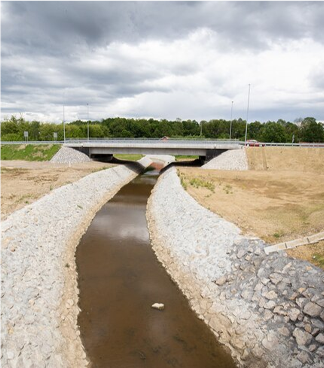Oct . 31, 2024 03:43 Back to list
deep well pump system
The Deep Well Pump System Key Components and Functionality
Deep well pump systems play a crucial role in providing water from subterranean sources, serving various applications from agricultural irrigation to municipal water supply. These systems are designed to extract water from depths typically exceeding 25 feet, making them essential in areas where surface water is inadequate or unavailable. Understanding the components and functionality of deep well pump systems is vital to appreciate their significance in modern water management.
The primary component of a deep well pump system is the pump itself, which is usually submersible. Submersible pumps are designed to operate underwater, utilizing an electric motor to drive impellers that push water to the surface. The efficiency of these pumps is critical as they need to overcome the hydrostatic pressure of the water column and any additional friction loss due to the pipes leading to the surface.
In addition to the pump, a deep well system includes a series of pipes, fittings, and an electrical control system. The discharge pipe transports the water from the pump to the surface; this piping must be robust enough to withstand the pressure. Proper sizing and installation of the pipes are essential to maintain efficiency and prevent leaks.
Another critical aspect of deep well pump systems is the well casing, which is typically made of PVC or steel. The casing protects the well from contamination and maintains structural integrity, preventing the surrounding soil from collapsing into the well. It also serves to ensure that the water drawn is clean and free from external pollutants. The depth and diameter of the casing depend on local geology, the depth of the water table, and the water yield required.
deep well pump system

To ensure optimal operation, deep well pump systems often incorporate a series of sensors and controllers. These devices monitor the water level, pump pressure, and flow rate, allowing for efficient management of resources. Automated systems can adjust the pump operation based on real-time data, thus preventing dry running (operation without water), which can damage the pump.
The need for deep well pump systems has increased in response to growing populations and changing climate conditions that impact surface water supplies. As groundwater resources become more crucial, advancements in technology are helping to improve the efficiency and sustainability of these systems. Modern designs may incorporate solar panels, enabling off-grid water pumping solutions, particularly in remote areas.
Maintenance is another critical factor in the longevity and reliability of deep well pump systems. Regular inspections can identify issues such as wear and tear on components, sediment build-up in the well, or electrical failures. Addressing these concerns promptly can prevent costly repairs and ensure a continuous supply of water.
In conclusion, deep well pump systems represent a vital infrastructure primarily for agricultural, residential, and municipal uses. Understanding their components, functionality, and maintenance requirements is essential for those involved in water resource management. As the demand for clean water continues to grow, ongoing innovations in deep well technology will play a significant role in meeting this challenge, ensuring that communities can access the water they need sustainably and efficiently.
-
Submersible Water Pump: The Efficient 'Power Pioneer' of the Underwater World
NewsJul.01,2025
-
Submersible Pond Pump: The Hidden Guardian of Water Landscape Ecology
NewsJul.01,2025
-
Stainless Well Pump: A Reliable and Durable Pumping Main Force
NewsJul.01,2025
-
Stainless Steel Submersible Pump: An Efficient and Versatile Tool for Underwater Operations
NewsJul.01,2025
-
Deep Well Submersible Pump: An Efficient 'Sucker' of Groundwater Sources
NewsJul.01,2025
-
Deep Water Well Pump: An Efficient 'Sucker' of Groundwater Sources
NewsJul.01,2025
-
 Submersible Water Pump: The Efficient 'Power Pioneer' of the Underwater WorldIn the field of hydraulic equipment, the Submersible Water Pump has become the core equipment for underwater operations and water resource transportation due to its unique design and excellent performance.Detail
Submersible Water Pump: The Efficient 'Power Pioneer' of the Underwater WorldIn the field of hydraulic equipment, the Submersible Water Pump has become the core equipment for underwater operations and water resource transportation due to its unique design and excellent performance.Detail -
 Submersible Pond Pump: The Hidden Guardian of Water Landscape EcologyIn courtyard landscapes, ecological ponds, and even small-scale water conservancy projects, there is a silent yet indispensable equipment - the Submersible Pond Pump.Detail
Submersible Pond Pump: The Hidden Guardian of Water Landscape EcologyIn courtyard landscapes, ecological ponds, and even small-scale water conservancy projects, there is a silent yet indispensable equipment - the Submersible Pond Pump.Detail -
 Stainless Well Pump: A Reliable and Durable Pumping Main ForceIn the field of water resource transportation, Stainless Well Pump has become the core equipment for various pumping scenarios with its excellent performance and reliable quality.Detail
Stainless Well Pump: A Reliable and Durable Pumping Main ForceIn the field of water resource transportation, Stainless Well Pump has become the core equipment for various pumping scenarios with its excellent performance and reliable quality.Detail
